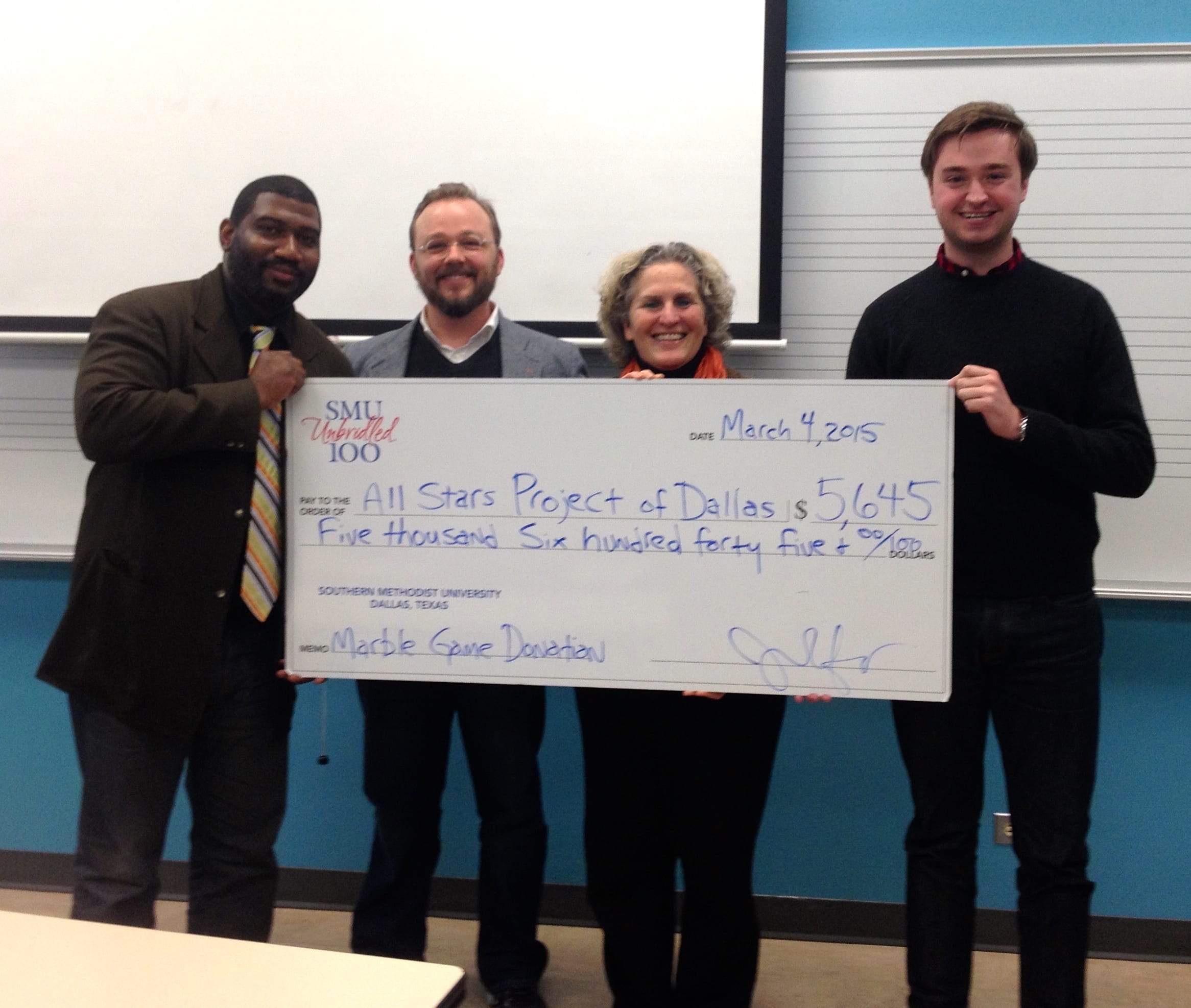The following interviews, conducted by Kate Vogel, seek to understand:
- If these creative entrepreneurs sought capital in starting their organization
- What ways they may have done so, if applicable
- What advice they have for aspiring creative entrepreneurs.
Kim Castner: GoGreenLunchbox, LLC 
Have you sought funding for your organization?
No, we started the business, I had a business partner. We agreed to each put $30,000 in to start the business.
In what ways have you sought funding for your organization? If you have not, how were you able to grow without outside capital?
We reinvested a portion of the revenue to fund growth. At one point, my business partner wanted us to put more money into the business to grow it more. I wasn’t at a point to risk the savings I had on something that has such a saturated market. So, we worked out a deal where he bought me out, I got to walk away, and I’m still the face of the company. The stay at home mom with children is just really attractive to consumers.
What funding pursuits OR self-generated efforts have proved most effective and why?
We did consider going after the “Shark Tanks of the World” and going after private funding but I didn’t want to be accountable to anybody else just because of where I was in my life. I had young children, and I wasn’t prepared mentally to be working for someone else and have quotas and deadlines to meet. So if we had someone buy part of our company, there would definitely be someone telling me to work more.
What three pieces of advice do you have for aspiring arts and creative entrepreneurs, regarding raising funds?
I think the most important thing to do is set up an LLC or Corporation. An individual should never start a business in their own name. One you get protection, and two you get tax benefits. Before anyone goes out and raises any money, make sure your product is tested. I went to market a bit early and I had a lot of breakages and damages, which turned off my customers. I think I would’ve been more successful if I waited 6 months and tested it a bit more. Lastly, know when to get out of a venture if it isn’t right for you.
Sarah Zinn-Vogel: SZVDesigns 
Have you sought funding for your organization?
It was all out of pocket.
In what ways have you sought funding for your organization? If you have not, how were you able to grow without outside capital?
Every time we did a project, we always figured out what the cost of the project would be. What’s it going to cost to make it? What’s it going to cost to sell it? How much would we need to sell? We’d ask ourselves these questions so we could capitalize on purchases. So, we always turned a profit. We relied on word of mouth and networking to grow.
What funding pursuits OR self-generated efforts have proved most effective and why?
I thought it was effective for individuals doing this for fun. When we first started Simply Elegant we thought about hiring employees and getting larger. But by the time we decided, I needed to move to China. Same with my company in China – when we wanted to grow I was moving back to the United States.
What three pieces of advice do you have for aspiring arts and creative entrepreneurs, regarding raising funds?
First, you start with a certain amount of money and you have to be very conscientious about what you’re spending your money on. Whether you’re making prototypes or when you’re putting products out in the market place, you need to be conscientious about what you’re doing so you aren’t just wasting money. You can’t just start off with buying a warehouse or office. Also, as you grow, if products aren’t selling, you need to be able to take it off the market and rework it before you put it back on the market. You need to be fluid and flexible with whatever project you’re doing. You have to be careful of your collateral property. Lastly, even though we try to make sure no one would steal our ideas, someone was always able to rip it off.
Erin Murphy: Everbloom, LLC. 
Have you sought funding for your organization?
Yes, when I did BabyLuLu it was just our own money and then family money.
In what ways have you sought funding for your organization? If you have not, how were you able to grow without outside capital?
We borrowed from our parents about $100,000 the first time. That kept us going a few years. As we were going we went to Citi National and opened up a credit line with them. They funded our production and then we would pay them back at the end of the shipping. With Everbloom I started it with my own. I used an Amex credit line as well as a Bank of America credit line.
What funding pursuits OR self-generated efforts have proved most effective and why?
When we were starting off just having family that helped us. We didn’t have to go to a bank or put it on credit cards. But then as we grew to have enough sales the bank line seemed more secure and effective.
What three pieces of advice do you have for aspiring arts and creative entrepreneurs, regarding raising funds?
Keep your overhead low when you’re starting. We worked out of our home for a year, then moved to a loft and did production there while living there for 3 years. Sometimes you have to sacrifice to grow. Secondly, follow your heart and do what you want to do. People came to me wanting to do something for else, just for volume or because they thought it was good, but I didn’t do it because it wasn’t my passion. I also worked multiple jobs in the beginning to have income, and it looked like we working hard which we were.
This interview process is part of SMU Meadows’ class Creative Entrepreneurship and Attracting Capital.
The three creative entrepreneurs I interviewed varied in their sources of funding and legal structures. Kim Castner started GoGreenLunchBox, a company that created a leak-proof sectioned food container that comes with a water bottle and carrying bag, as an LLC. She initially started with personal investments and then decided to sell her share of the company to her business partner because she wanted toopt out of giving away ownership to investors. This is a personal preference that I didn’t consider prior to conducting my interviews. Castner pointed out that when you give up equity in your company, you lose the title of being your own boss because you now owe profits, growth, and control to shareholders. Through interviewing Castner, I also learned the importance of making sure your product is well tested before putting it on the market. This could prevent future lawsuits and ultimately help sales in the beginning years.
Sarah Zinn-Vogel founded multiple sole proprietorships all with her own funding while watching margins and costs of goods sold very carefully. Every time she would create a new product she would total the costs of creating that product and made sure she set a price that would cover her costs and be accepted by the market. The most valuable lesson I learned from interviewing Zinn-Vogel is the importance of knowing your income statement. It is vital to keep tabs on how much you’re spending and the price of your product to ensure that you make strong margins to fund future growth. Moreover, Zinn-Vogel noted that patenting your product will ensure the protection of intellectual property.
Lastly, Erin Murphy started two LLC children’s clothing lines through angel investors and credit lines. In the early phases of her companies, she raised capital on angel investors, her family members. As her company started to grow, she decided to take out a credit line. She would use the credit she received from banks to fund production, then she would pay off her loan as revenues from the product line would come in. Both Zinn-Vogel and Murphy mentioned the importance of keeping overhead costs low. I didn’t consider how much of an impact that could have on a company until she pointed that out to me. If you can do simple things to keep overhead costs at a minimum, it can save you in the long run. Often, I think people start a business and immediately start spending money they don’t have on office space and supplies. Therefore, I see the importance of her advice. You can’t just drop everything and immediately put all of your funds into your business.
Although all three of my interviewees vary in their funding sources, they all offered one main theme of advice: know how much you’re spending and know when to get out. Castner knew that she didn’t want to give up equity in her company, so she decided to sell her shares and move on to the next venture. Zinn-Vogel highlighted the significance of knowing when to get out. If the market isn’t accepting your product, don’t continue production or else you will waste money, time and effort. Zinn-Vogel and Murphy discussed the concern of watching your spending and keeping costs low. All in all, the most valuable takeaways I received from conducting these interviews is to test the market, know when to get out and keep tabs on your funding. I believe that if any entrepreneur considers those three concepts he/she will be successful in any of his/her endeavors.




